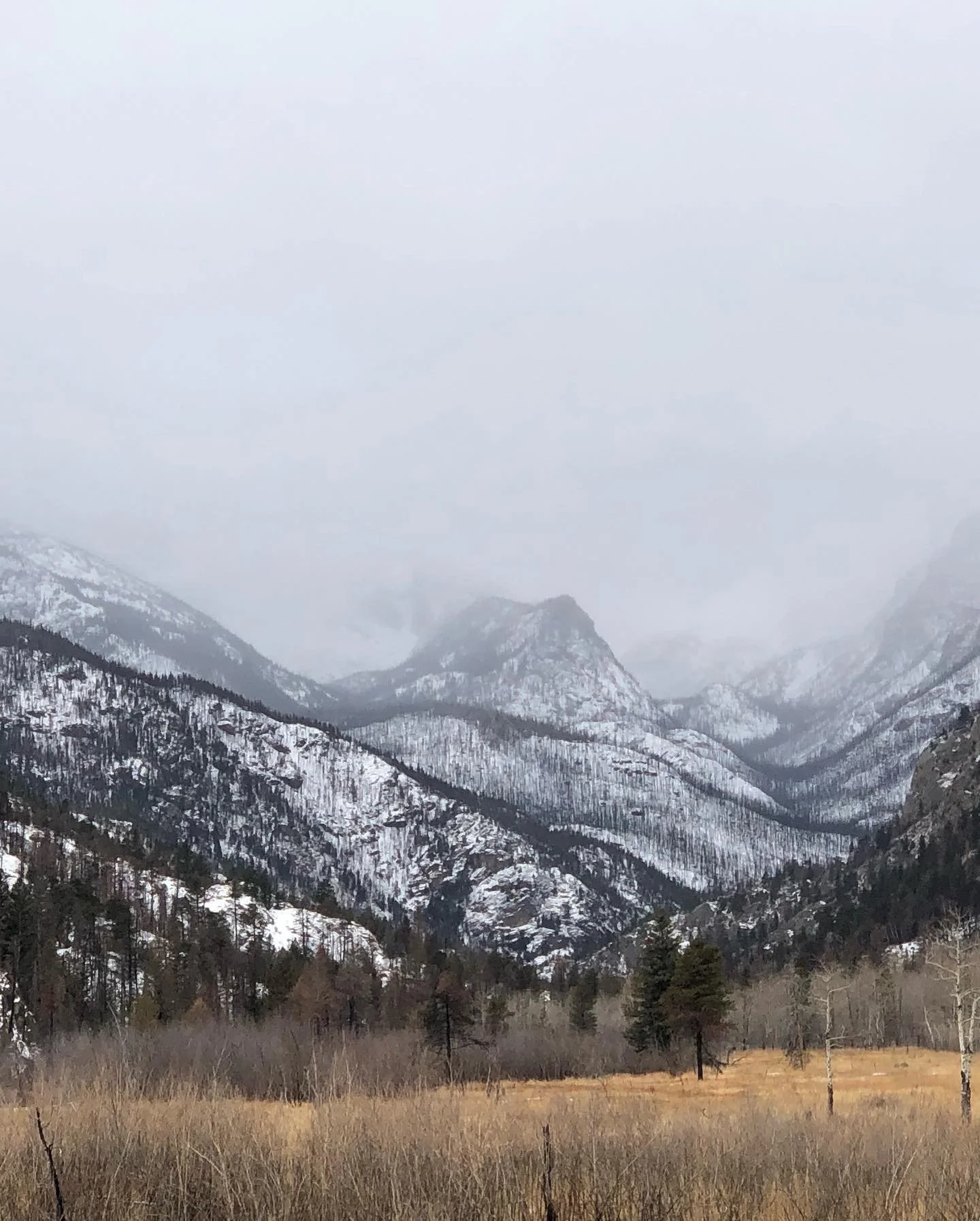
News & Media
National Park Service Socioeconomic Monitoring
Dr. McGreevy served as NPS Socioeconomic Monitoring (SEM) Coordinator and NPS Social Scientist from February 2021- October 2025. The articles linked below highlight the influence of the SEM project on the national through avenues such as improved accuracy of visitor spending models, visitor use models, policy change, and program adaptation.
Today, we announced visitor spending in communities near national parks contributed a record $50.3 billion to our economy, supporting 378,400 jobs, Joe Biden, Former President of the United States (2023)
“Protecting these lands isn't just good for our planet, it's good for the families that surround them and our nation’s economy.”(speaking on visitor spending effects, improved by our SEM efforts)
Outdoor recreation is not just good for the soul, it’s a significant driver of our national and local economies, Deb Haaland, Former U.S. Secretary of the Interior (2023)
“Nature is essential to the health, well-being and prosperity of every family and community in America, as well as to the local economies of gateway communities that support our national parks,” said Secretary of the Interior Deb Haaland. “As we continue to welcome families to our parks and public lands across the country, the Interior Department is committed to making investments in our lands and waters that will support tens of thousands of jobs, safeguard the environment, and help ensure that national parks and public lands are ready to meet the challenges of climate change and increased visitation.” (In document linked to post, about our new methods and their influence on showing the impact of the NPS on people, communities, nature, and the economy)
New report shows visitor spending contributed $50.3 billion nationwide, supported nearly 380,000 jobs, Department of Interior Press Release (2023)
“Annual appropriations for the National Park Service totaled $3.3 billion in fiscal year 2022, effectively turning a $1 investment in national parks into a more than $10 boost to the nation’s economy.
The latest report is informed by new socioeconomic monitoring survey data, which greatly increases the accuracy of spending estimates for each park and helps the National Park Service learn more about park visitors. This advanced monitoring also delivers a more accurate estimate of the economic contributions of parks to communities. “
National Park Visitor Spending Contributed $42.5 Billion to U.S. Economy in 2021, Department of Interior Press Release (2022)
“The National Park Service is initiating a new socioeconomic monitoring project in 2022 that will survey park visitors in 24 parks each year for the next 10 years or more. One of the early parks surveyed under this method was Zion National Park in 2021, offering an updated picture of visitor spending.
‘Zion National Park was one of the first parks where visitors were surveyed under the new method. The results showed that our previous estimates or ‘profiles’ of average visitors underestimated the time they spent in the park and in gateway communities and we underestimated the amount of money they spent during their trips to the park,” said National Park Service Director Chuck Sams. “The new survey information will enable park managers to further improve the visitor experience and guide how to reach and engage with people who have yet to visit a national park.’”
Tourism to Golden Gate National Recreation Area contributes $1.5 billion to local economy, National Park Service Press Release (2024)
“The 2023 visitor spending effects analysis incorporates newly available survey data for Golden Gate National Recreation Area that was collected as part of NPS socioeconomic monitoring... Overall, the 2023 visitor spending estimates more accurately reflect local visitor spending patterns as well as increases in visitation and associated costs. For more information, visit our website.”
Natchez Trace Parkway Socioeconomic Research Released, National Park Service Press Release (2023)
A 2023 National Park Service report finds that slightly more than 1.3 million visitors support 1,752 jobs, San Juan media, NIMB (2024)
Tourism to Cuyahoga Valley National Park contributes $225 million to local economy, National Park Service Press Release (2024)
Tourism To Hawai‘i Volcanoes National Park Contributes Millions To Local Economy, Hawaii media, KWXX (2025)
Dinosaur National Monument, in Utah and Colorado, drew 326.5K visitors who spent $24M in 2023, Utah media, Gephardt (2024)
Other Collaborations
Elon University Biology Alumni, Elisson Adrien '17, Elon University Alumni Profiles (2023)
“On Jan. 12, 2010, a deadly earthquake hit Port-au-Prince, destroying much of the city, including universities Adrien had planned to apply to. McGreevy suggested Adrien consider U.S. universities. “He told me how medical schools work in the U.S. and that, though Elon did not have a medical school, I could study pre-med there.” Before McGreevy left, he promised Adrien he would be his fiercest advocate to help him get to Elon… Adrien has since collaborated with McGreevy in research for his doctoral dissertation. Their work looks at compound disasters and their effects on livelihoods and people’s abilities to recover.”
Haiti and Heat with Elisson Adrien '17 and John McGreevy '10, Elon University Podcast (2023)
“Follow two Elon alumni, Elisson Adrien ’17 and John McGreevy ’10, as they discuss their journeys from Haiti to the US and vice versa. Both have completed research pertaining to the environment, natural disasters and global warming. They talk about the intersection of science and religion, and offer sound advice for young minds carving out their career paths.
Adrien is working toward becoming a medical doctor. McGreevy works within the U.S. National Parks Service. If you have an interest in the medical or environmental science fields this episode is for you.”
Tet Ansanm: working with "Heads Together" in Haitian reforestation, Center for Collaborative Conservation presentation (2014)
10-Year Report: Transforming Conservation through Collaboration, Center for Collaborative Conservation

